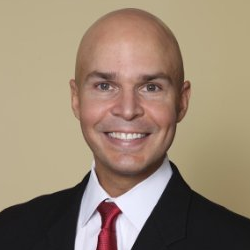According to Metro Verdicts Monthly, the median motor vehicle accident wrongful death case in Maryland is worth $505,000.
This is interesting information. What does this data tell us? Not much. Why? The motor vehicle accident data has little probative value because it does not include the amount of the insurance policy at issue. We have settled fatal accident claims for $20,000 where that is all the insurance, and the defendant had no meaningful assets.
Uninsured motorist cases also bring down the median and average values because plaintiffs’ attorneys are overly reasonable in requesting damages because the plaintiff is often limited in the damages they can recover.




